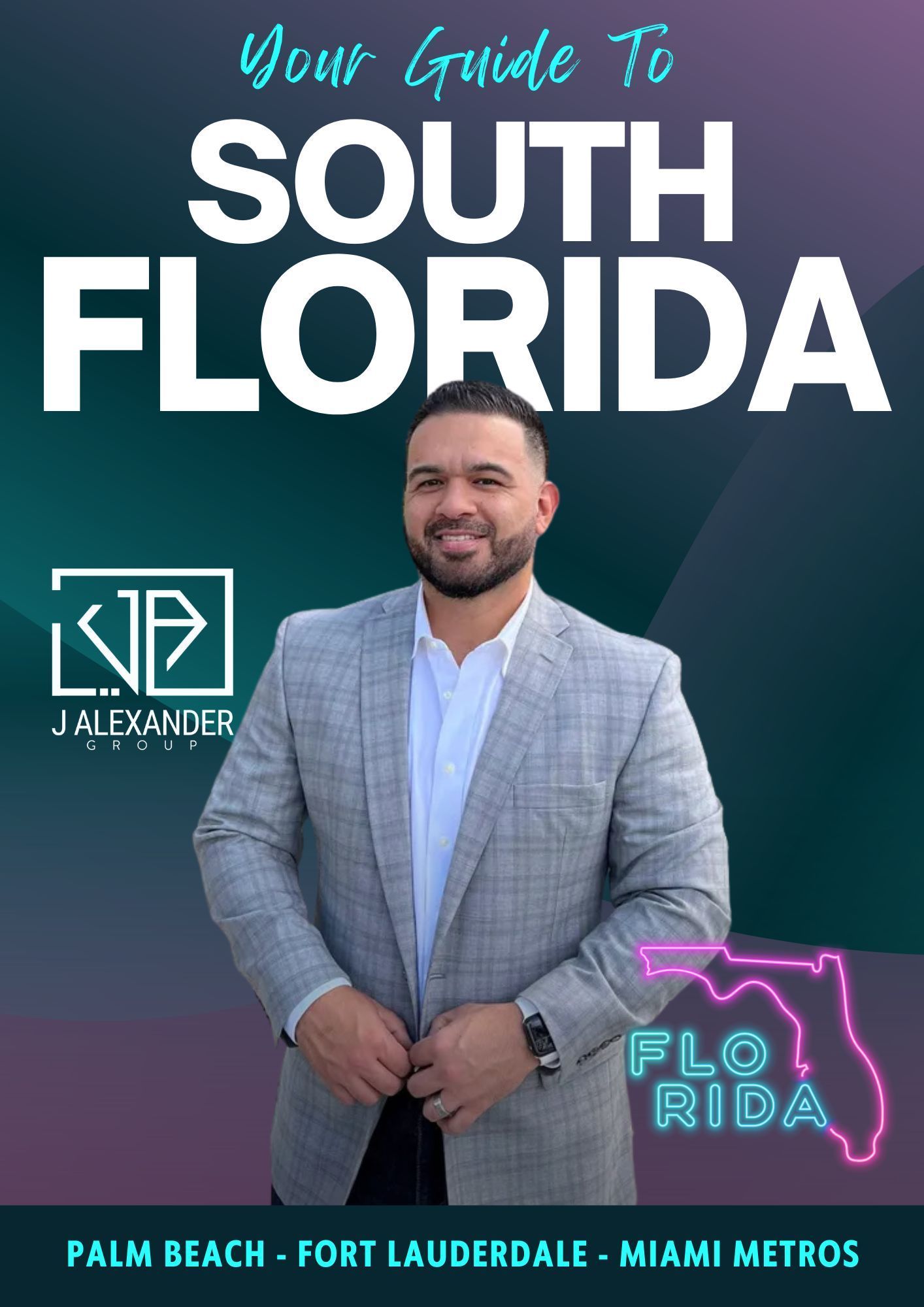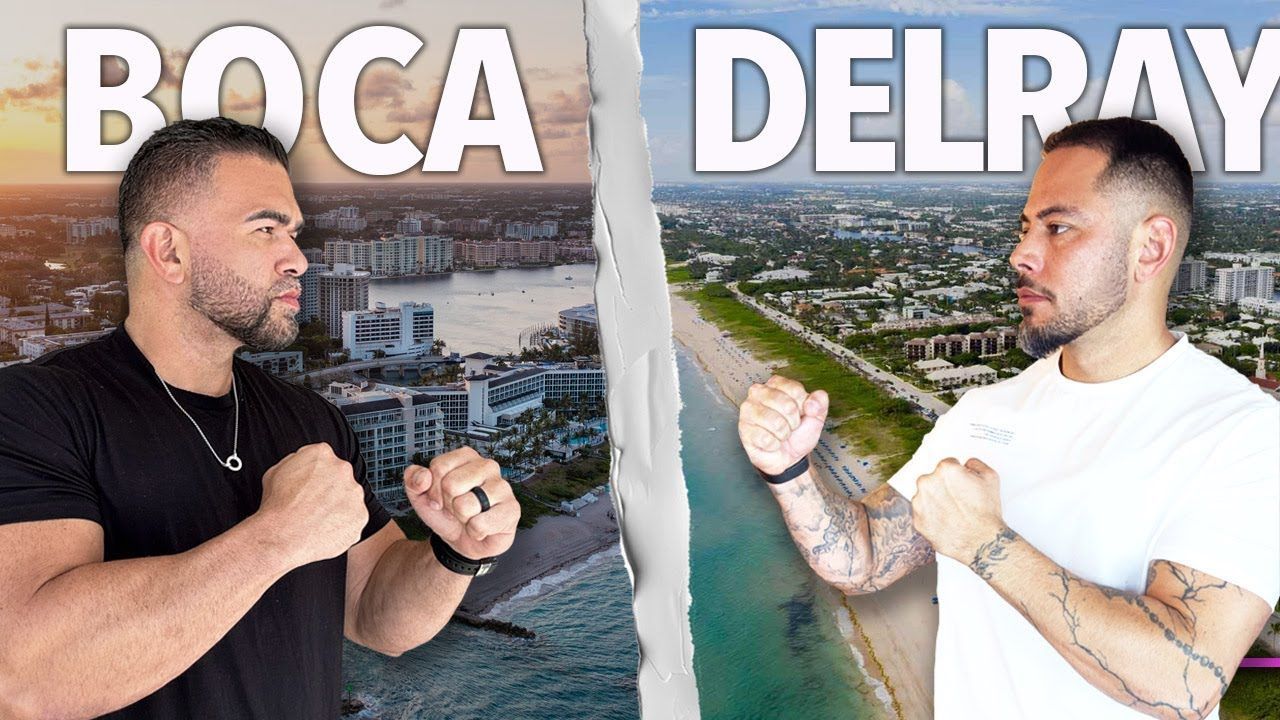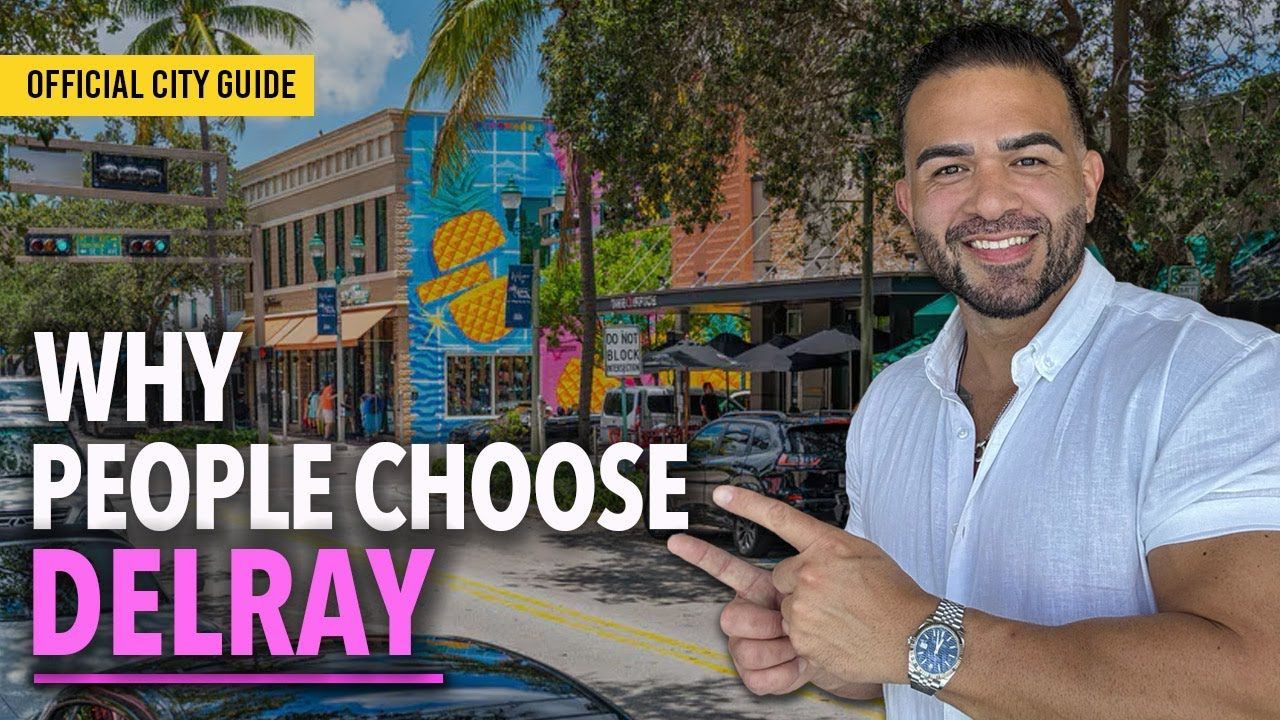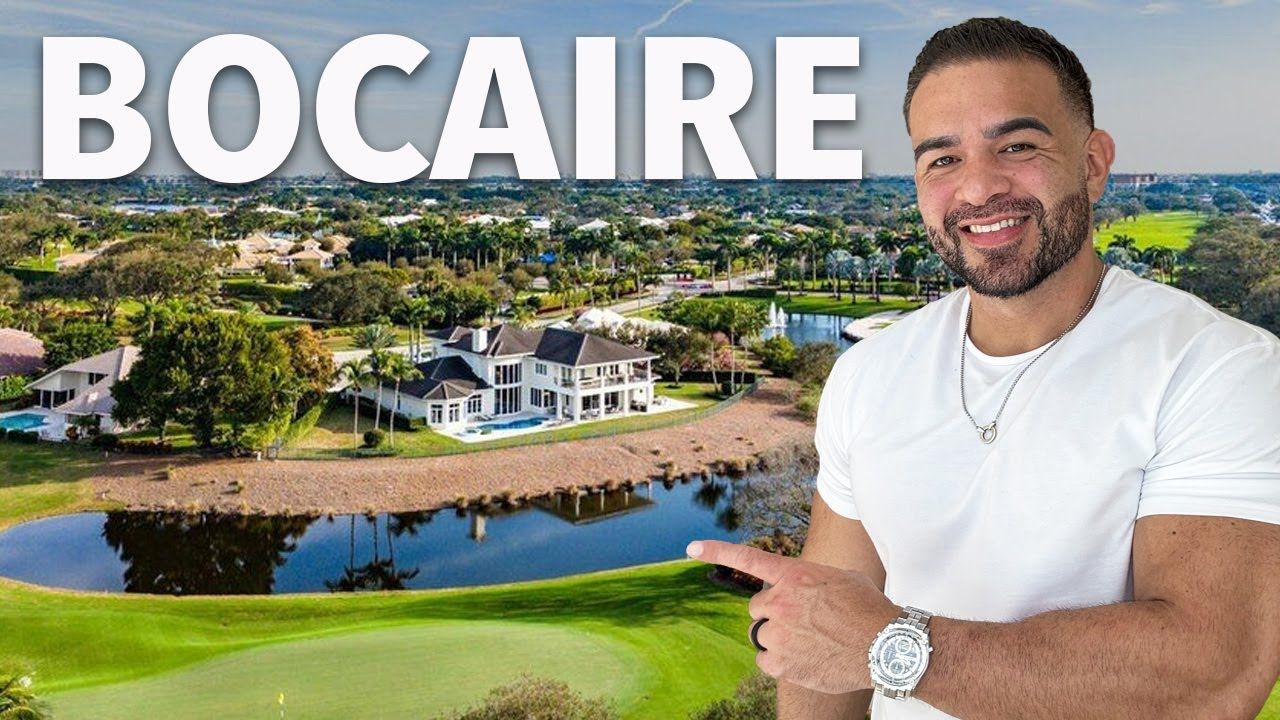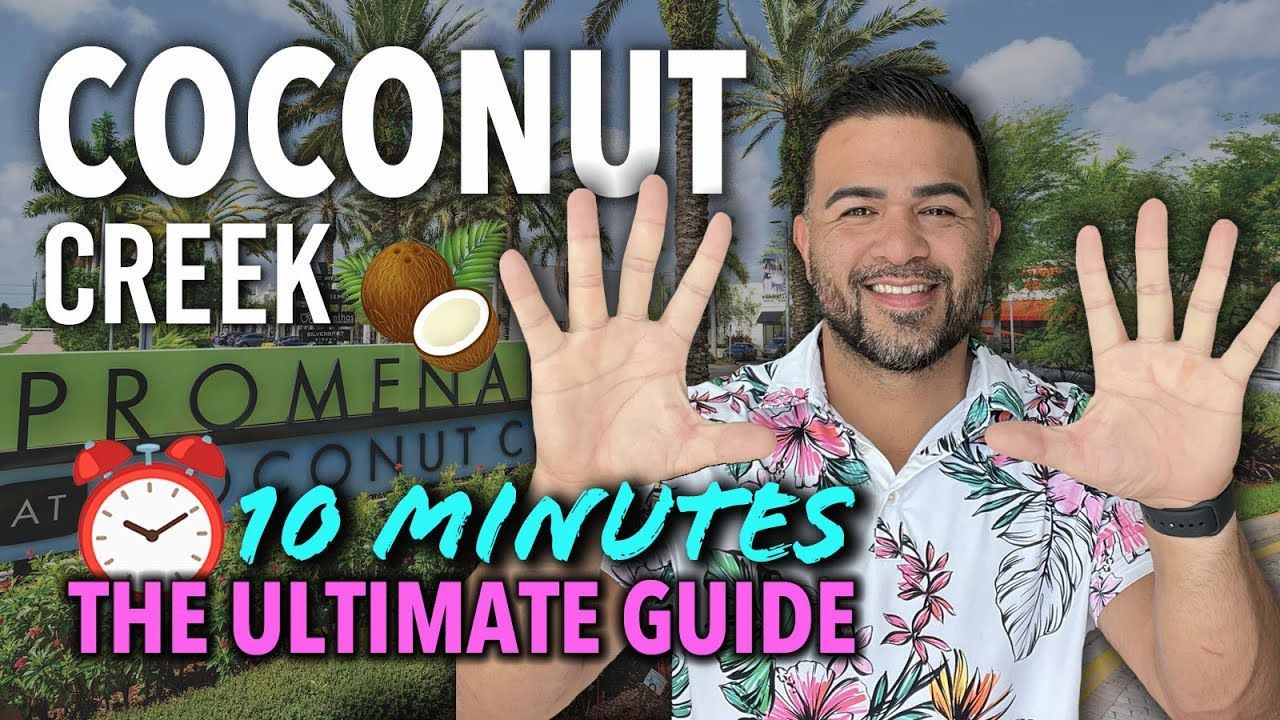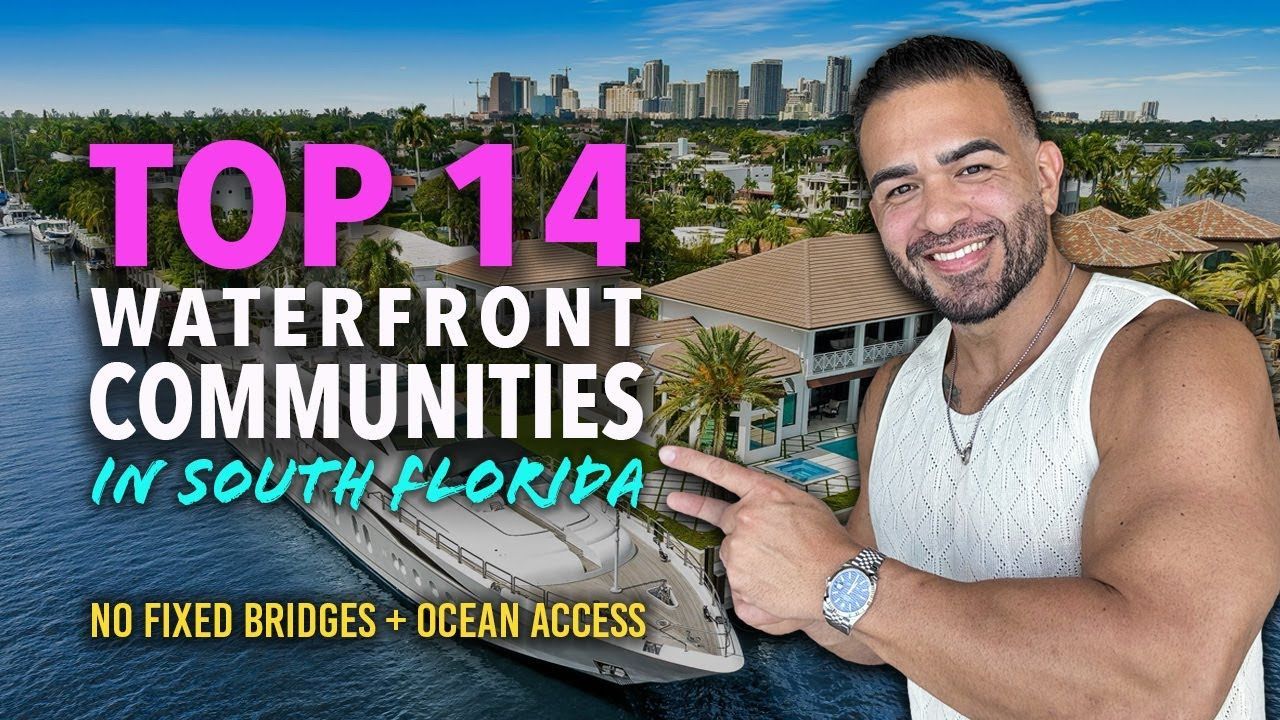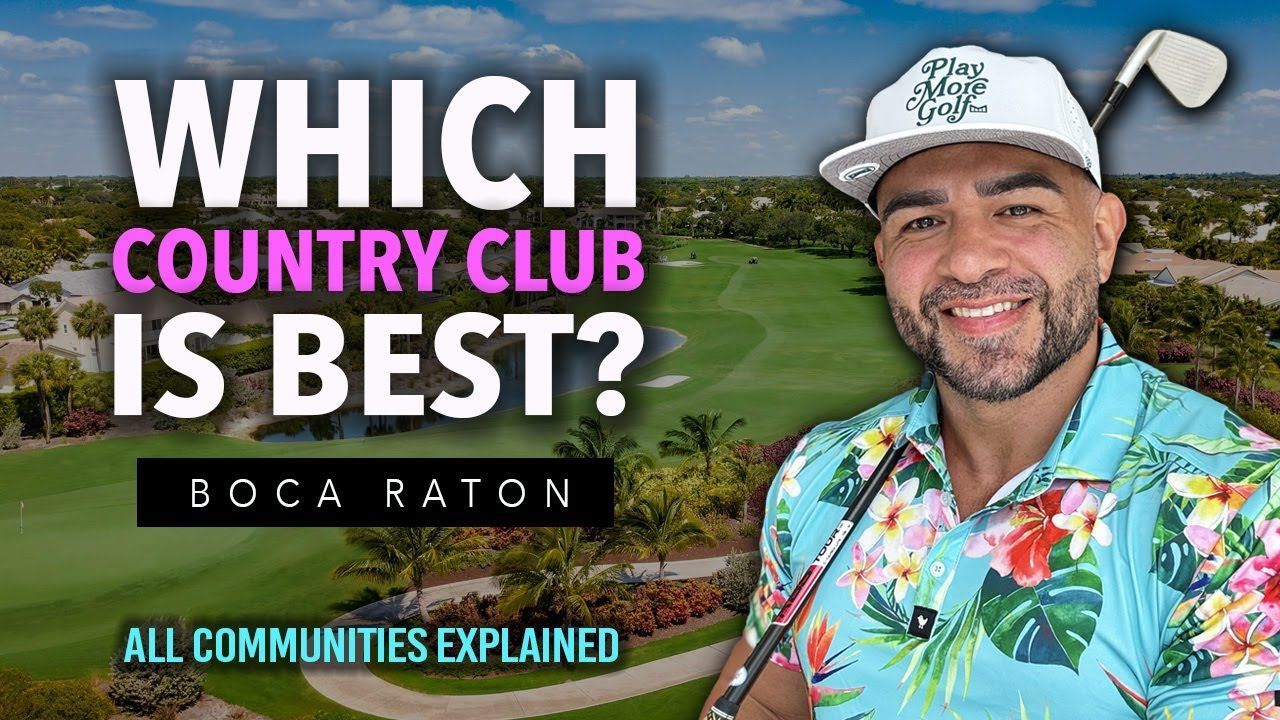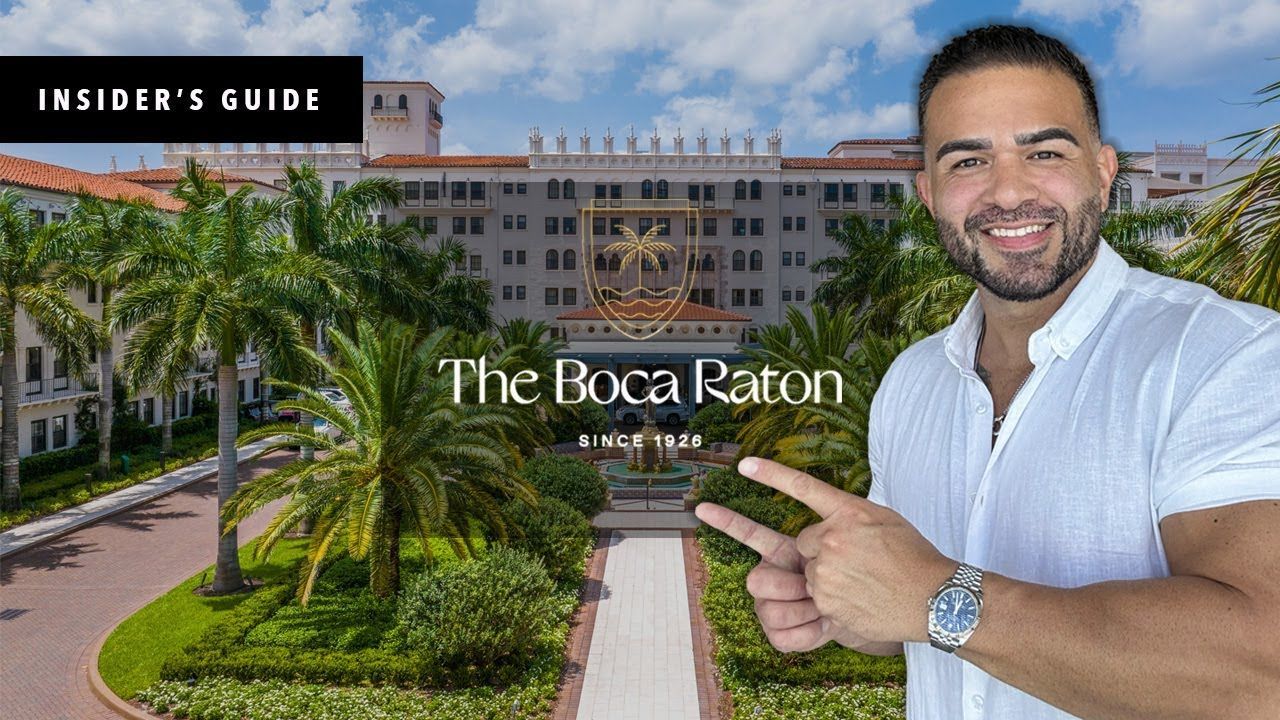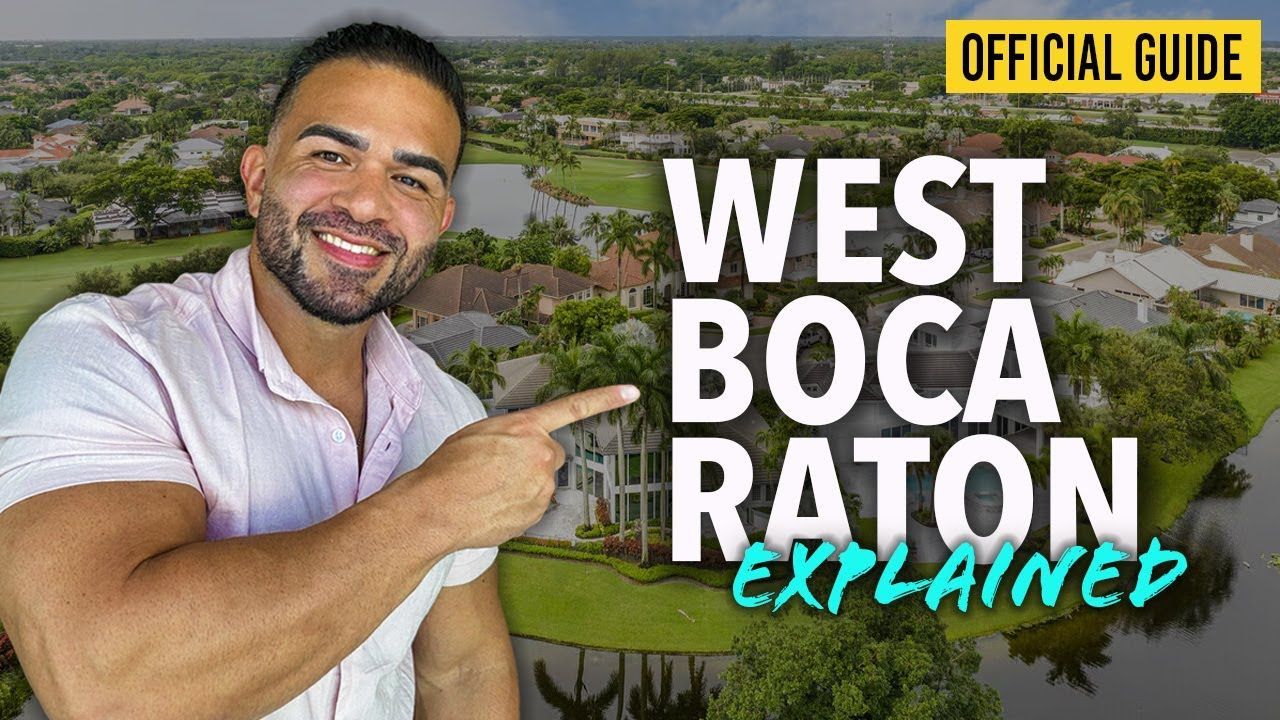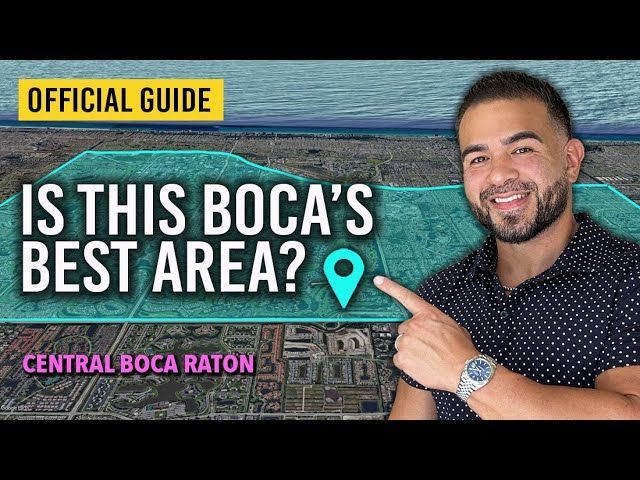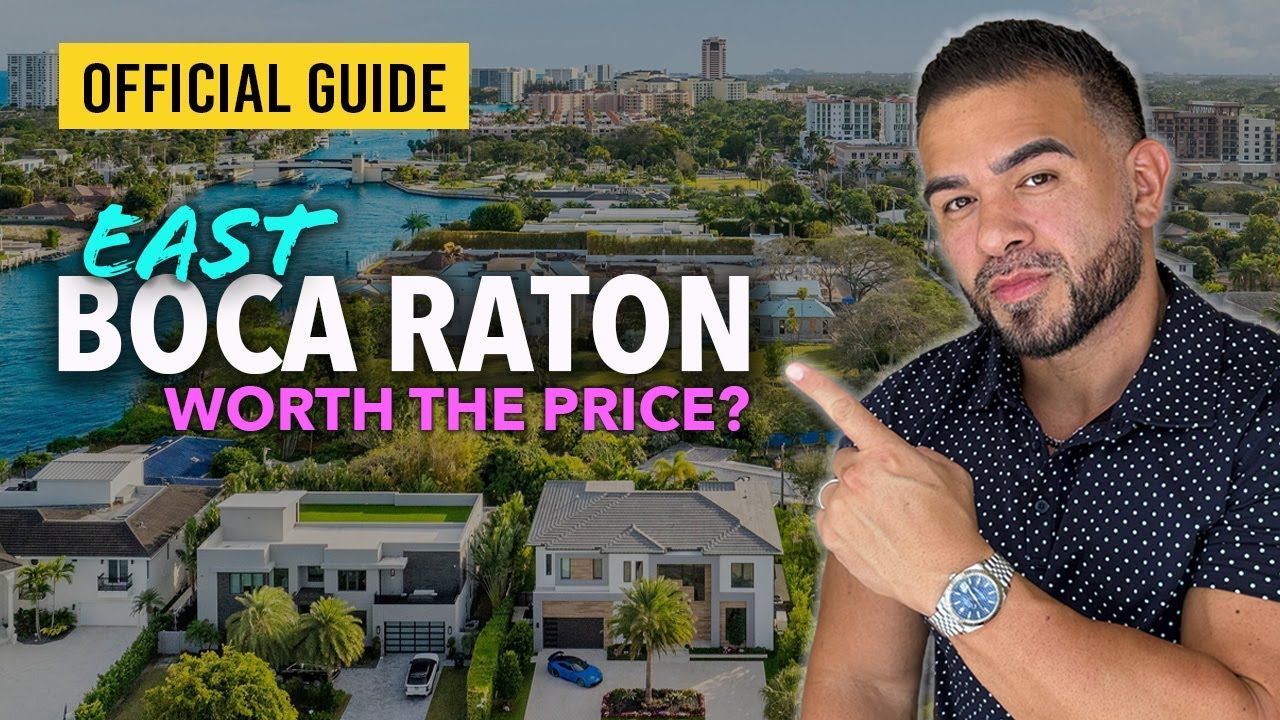Florida Home Insurance Crisis: What You Need to Know!
If you live in Florida, are thinking of moving here, or invest in real estate in the Sunshine State, this post is for you. In this article I’ll walk through the current Florida home insurance crisis: how we got here, what’s happening right now, how it affects homeowners and investors, and practical steps you can take immediately. I'll also include screenshots from the original coverage to help you visualize key moments in the story.
Table of Contents
- Intro
- Why Are Floridians Dropping Insurance?
- How Did We Get Here?
- The Storm That Changed Everything
- Fraud & Litigation: The Perfect Storm For Insurers
- Roof Age and Hurricane Risk
- The Creation of Citizens Insurance
- Legislative Reforms: Will They Work?
- What Can You Do Right Now?
- Why Does This Matter For Buyers and Sellers?
- Final Thoughts
- FAQs About Florida Home Insurance
- Resources and Next Steps
Intro
We’re in the middle of a dramatic shift in the home insurance landscape — and it’s not just a local problem. While other states feel pressure after wildfires or freezes, Florida home insurance is the headline because the exposure to hurricanes, rising litigation, roofing fraud, and recent storms have combined into an unprecedented challenge.
Quick snapshot: between 15% and 18% of Floridians have dropped homeowners insurance — almost double the national average. In 2019 the average annual premium hovered around $1,800. Today many homeowners are seeing premiums in the neighborhood of $6,000 to $9,000 a year — and that number keeps climbing. This has a ripple effect across real estate transactions, mortgage requirements, and investment returns.
Why Are Floridians Dropping Insurance?
The math is simple but brutal: premiums have skyrocketed and some homeowners, especially retirees on fixed incomes, simply can’t afford them. People are forced into difficult choices: maintain coverage and drastically cut other expenses, transfer to a state plan with limited coverage, or walk uninsured and assume the risk.
Let’s break down the major drivers:
- Premium inflation: Average rates jumped approximately 400% for many homeowners from 2019 to the present in certain risk zones, with single-year increases this year around 42% in many pockets.
- Market exits: Several major insurers have pulled out of Florida entirely, shrinking consumer choice and giving remaining insurers pricing power.
- Fraud and litigation: An outsized share of homeowner suits and legal costs come from Florida — more on that below.
- Storm exposure: Recent hurricanes and severe weather events force insurers to reprice risk and seek capital, which they do by raising premiums nationwide.
How Did We Get Here?
To understand Florida home insurance today, you have to go back several decades. The turning point that reshaped insurance in Florida was Hurricane Andrew in 1992.
Andrew was a Category 5 hurricane that devastated South Florida. It generated over 650,000 insurance claims with a total payout around $15.5 billion at the time (roughly $32 billion in today’s dollars). Major insurers were caught off guard. The consequences were dramatic: many carriers canceled policies or left the state, and the market fundamentally changed.
Post-Andrew reforms and market shifts included:
- Standard hurricane deductibles.
- A larger government role in insuring coastal properties.
- Growth of reinsurance and capital markets to spread catastrophic risk.
- Stronger building codes to reduce future losses.
Those measures helped, but new problems emerged over time. Rising climate volatility, increased coastal development, and the modern litigation and fraud environment have combined to squeeze insurers again.
The Storm That Changed Everything
Fast-forward to recent storms. Not all catastrophes in Florida are classic hurricane landfalls — some events have been unusual and severe. One recent example discussed in the coverage was Hurricane Milton, which produced Midwest-style, long-track tornadoes across parts of South Florida. Those tornadoes caused catastrophic damage to homes, businesses, and infrastructure.

Three EF tornadoes with winds up to 155 mph hit St. Lucie and Palm Beach County, leading to fatalities and significant structural losses. That event was historic for South Florida, straining carriers already under pressure and increasing claims backlogs. The more frequent and severe the events, the harder it is for insurers to maintain profitable books without raising premiums.
Fraud & Litigation: The Perfect Storm For Insurers
One of the most damaging drivers of the current Florida home insurance crisis has been litigation and fraudulent claims schemes — especially related to roofing.
Here’s the common scam pattern:
- Roofing contractors canvass neighborhoods offering “free inspections” and always find “damage.”
- Homeowners are convinced to sign an Assignment of Benefits (AOB), which transfers claim control to the contractor.
- The insurer’s adjuster often finds little or no damage, but the contractor files suit for the full claimed amount.
- The insurer faces a dilemma: fight costly litigation or settle. Often settling looks cheaper in the short term.
Some stark numbers from recent years:
- Florida accounts for roughly 9% of the nation’s home insurance claims but nearly 79% of the nation’s homeowner insurance lawsuits.
- In 2021 alone Florida insurers posted about $1.7 billion in losses due to legal costs; over two recent years the losses topped $2 billion.
These costs don’t vanish — they get passed on to consumers in the form of higher premiums, or they cause insurers to leave the market entirely.
Roof Age and Hurricane Risk
Another wrinkle for homeowners is roof age and how insurers underwrite that risk. Historically, older roofs were a major red flag because they can lead to legitimate claims and are an entry point for fraud. Insurers increasingly refused to underwrite homes with older roofs.
Florida enacted rules to provide some relief. Insurers cannot deny coverage for roofs under 15 years old that still have at least five years of useful life remaining. That law helps many homeowners, but those with older roofs still struggle to obtain affordable coverage — and that influences resale value and transaction timelines.
The Creation of Citizens Insurance
When private insurers flee a market, state-backed options often expand to fill the gap. After Andrew and through subsequent waves, Florida created Citizens Property Insurance to insure those who couldn’t find private coverage.
For a while Citizens was a safety net. But in 2007 policy changes allowed Citizens to compete with private carriers. That, coupled with private market exits, caused Citizens’ policy book to expand significantly. By 2022 the governor pushed to shift policyholders from Citizens back to the private market to reduce taxpayer exposure.
That’s easier said than done. Only a small number of private carriers re-entered the market in force. One example is Slide Insurance, which stepped in to take on a significant share of Florida homeowners. But Slide can cherry-pick — meaning they choose less risky homes — and they often price at 20% or more above public options. The reality remains: limited private options and a stretched public carrier spell higher costs or narrower coverage for many consumers.
Legislative Reforms: Will They Work?
Florida lawmakers moved in late 2022 with a package of reforms designed to stabilize the market. Bill 2A implemented several changes intended to curb fraud, speed claims handling, and reduce litigation-driven losses.
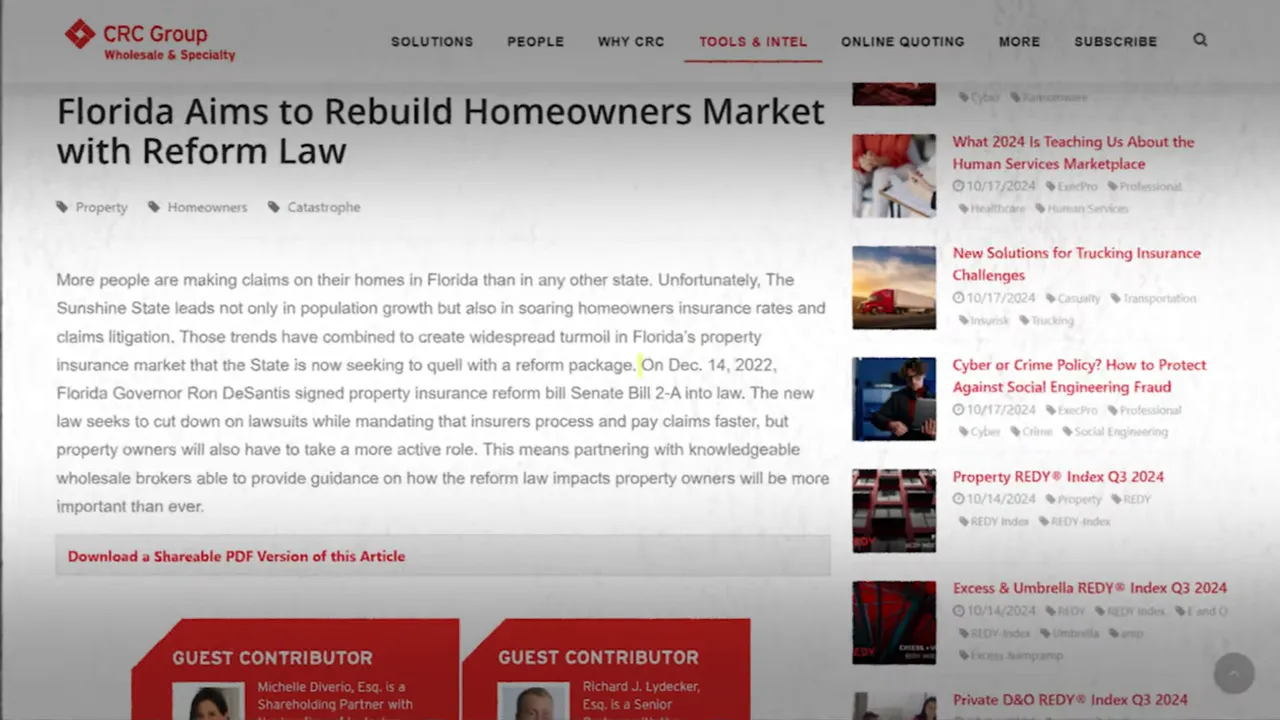
Key reform highlights:
- Shortened claim filing deadline: Homeowners now generally have one year (down from two) to file certain claims, reducing late and sometimes fraudulent submissions.
- Faster payment deadline: Insurers must now pay valid claims within 60 days instead of 90.
- Repeal of one-way attorney fee rule: This previously allowed homeowners to recover attorney fees even when insurers had legitimate defenses, creating incentives for opportunistic litigation.
- Reforms to AOB: Assignment of Benefits agreements are curbed to prevent contractors from controlling claims and escalating litigation.
These reforms should help reduce fraud-related costs and slow premium growth over time, but they’re not a silver bullet. Insurance pricing, reinsurance markets, and recent loss experience will still drive rates in the near term. Expect gradual improvement rather than overnight relief.
What Can You Do Right Now?
If your premiums are exploding or your policy isn’t being renewed, don’t panic — take action. Here are practical steps I recommend for homeowners and buyers focusing on Florida home insurance:
- Shop around aggressively. Even as some carriers leave, others enter. Get multiple quotes and work with an insurance broker experienced in Florida home insurance to find carriers who remain competitive.
- Be cautious with Citizens. Citizens may offer lower premiums but its coverage can be more limited and there are solvency concerns if a catastrophic event occurs. Explore private-market options first when possible.
- Invest in mitigation. Roof replacement, hurricane straps, impact windows, and other mitigation measures often qualify for meaningful discounts. Schedule a wind mitigation inspection to document upgrades and apply for rate reductions.
- Prioritize roof condition. If your roof is older, consider replacing it proactively to broaden your insurance options and improve resale value. Do the math: a new roof may reduce premiums enough to pay for itself over time.
- Understand policy details. Coverage limits, deductibles (especially hurricane deductibles), and exclusions vary widely. Read your policy carefully and ask your agent to explain every major term.
- If you have a mortgage, maintain coverage. Lenders require insurance. Letting a policy lapse risks lender-placed insurance, which is often expensive and provides minimal coverage.
- For investors: Re-run pro forma numbers with current and projected insurance costs. In many areas the insurance burden can sink an investment’s returns.
Why Does This Matter For Buyers and Sellers?
Insurance is no longer a background expense — it’s a central component of affordability and market dynamics. High Florida home insurance costs change buyer behavior, impact mortgage approvals, and can even affect where people choose to live.
Here are direct market effects:
- Reduced buyer pool: Some buyers walk away when quotes include $8,000–$12,000 a year in insurance. That cuts demand in certain neighborhoods.
- Lower transaction velocity: Lenders require insurance before closing — securing a replacement policy can delay or derail a sale.
- Investment recalculation: Rising operating costs shrink cap rates and make some formerly attractive deals unprofitable.
- Downward pressure on prices: In high-risk pockets where insurance is unaffordable, home values can stagnate or decline.
Right now some industry estimates show many homeowners facing annual costs of $8,000 to $12,000 — that’s roughly $650 to $1,000 per month just to insure a home. For many buyers that’s a non-starter.
Final Thoughts
Florida home insurance is a systemic issue that touches every homeowner, buyer, and investor in the state. The drivers — catastrophic weather, litigation, fraud, shrinking carrier options, and market dynamics — are real and complex. Thankfully, reforms such as Bill 2A and continued market adjustments offer a path forward. But relief will be gradual, and households need smart strategies to navigate the transition.
If you’re thinking about moving to Florida or investing here, make insurance a top-line consideration. Talk to experienced agents like me and brokers, factor realistic premiums into your budgets, consider mitigation investments, and be wary of quick fixes that sound too good to be true.
FAQs About Florida Home Insurance
Why are Florida home insurance rates so high?
Rates are high because insurers are balancing higher loss experience (hurricanes, tornadoes, severe storms), massive legal and fraud costs (especially roofing-related AOB litigation), and a thinning private market. After big loss years, carriers raise premiums to offset payouts and buy reinsurance — costs that get passed to consumers.
Is Citizens a safe option if my policy is canceled?
Citizens is a safety net and can be a short-term fix if private options disappear. However, Citizens’ coverage may be limited, and policymakers worry about taxpayer exposure after a major disaster. If possible, explore private-market alternatives and weigh coverage differences carefully.
What is an Assignment of Benefits (AOB) and why is it a problem?
An AOB lets a contractor take control of your insurance claim. In Florida this mechanism was widely abused: contractors would sign AOBs, pursue inflated claims, and trigger costly litigation against insurers. Reforms now limit AOB use to curb fraudulent roofing claims and related lawsuits.
How can I lower my Florida home insurance premium?
Common ways to reduce premiums include: installing impact windows/doors, replacing an old roof with a code-compliant roof, adding roof tie-downs and straps, getting a wind mitigation inspection, increasing your deductible (if affordable), bundling policies (home + auto), and shopping multiple carriers through a broker.
Are insurance costs expected to go down soon?
Expect gradual improvement rather than immediate relief. Legislative reforms address fraud and litigation incentives, which should reduce some upward pressure on premiums over time. However, recent storm activity, reinsurance costs, and the broader risk climate mean that significant reductions may take years.
What should investors do differently now?
Investors must re-evaluate pro forma models using current and projected insurance costs. Some markets may no longer deliver acceptable returns when insurance is included. Consider areas with lower risk exposure, retrofitting properties for mitigation credit, and building insurance contingencies into acquisition pricing and exit strategies.
Resources and Next Steps
If you’re a homeowner, buyer, or investor, I recommend these immediate actions:
- Contact an experienced Florida home insurance broker to review your policy options.
- Get a wind mitigation inspection if you have upgrades — it can unlock discounts.
- Document your roof age and condition — consider replacing if it will materially improve insurance access or price.
- Factor realistic insurance estimates into every real estate purchase decision.
- Stay informed on legislative updates and market entries/exits — these can impact your options significantly.
Want to talk specifics about your home or a property you’re considering? Reach out to us at 561-962-2865 and we can walk through the numbers together. The Florida home insurance environment is changing fast — but with the right information and strategies, you can protect your investment and make sound decisions.
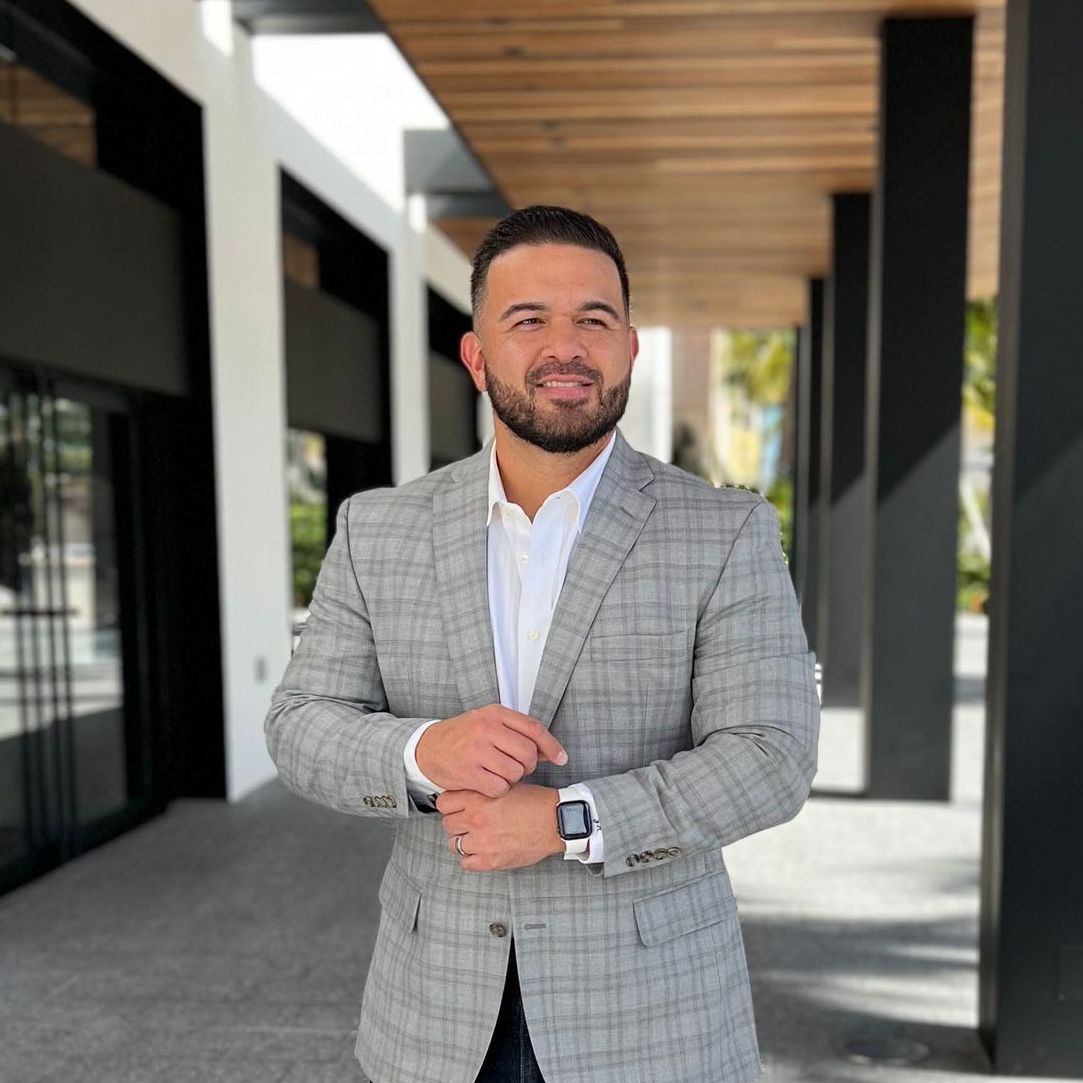
Jonathan Alexander creates educational YouTube content to guide potential buyers through the process of relocating to South Florida, offering insights on the best places to live and what to expect. As a seasoned Realtor®, he combines his expertise with a passion for helping clients make informed real estate decisions.


